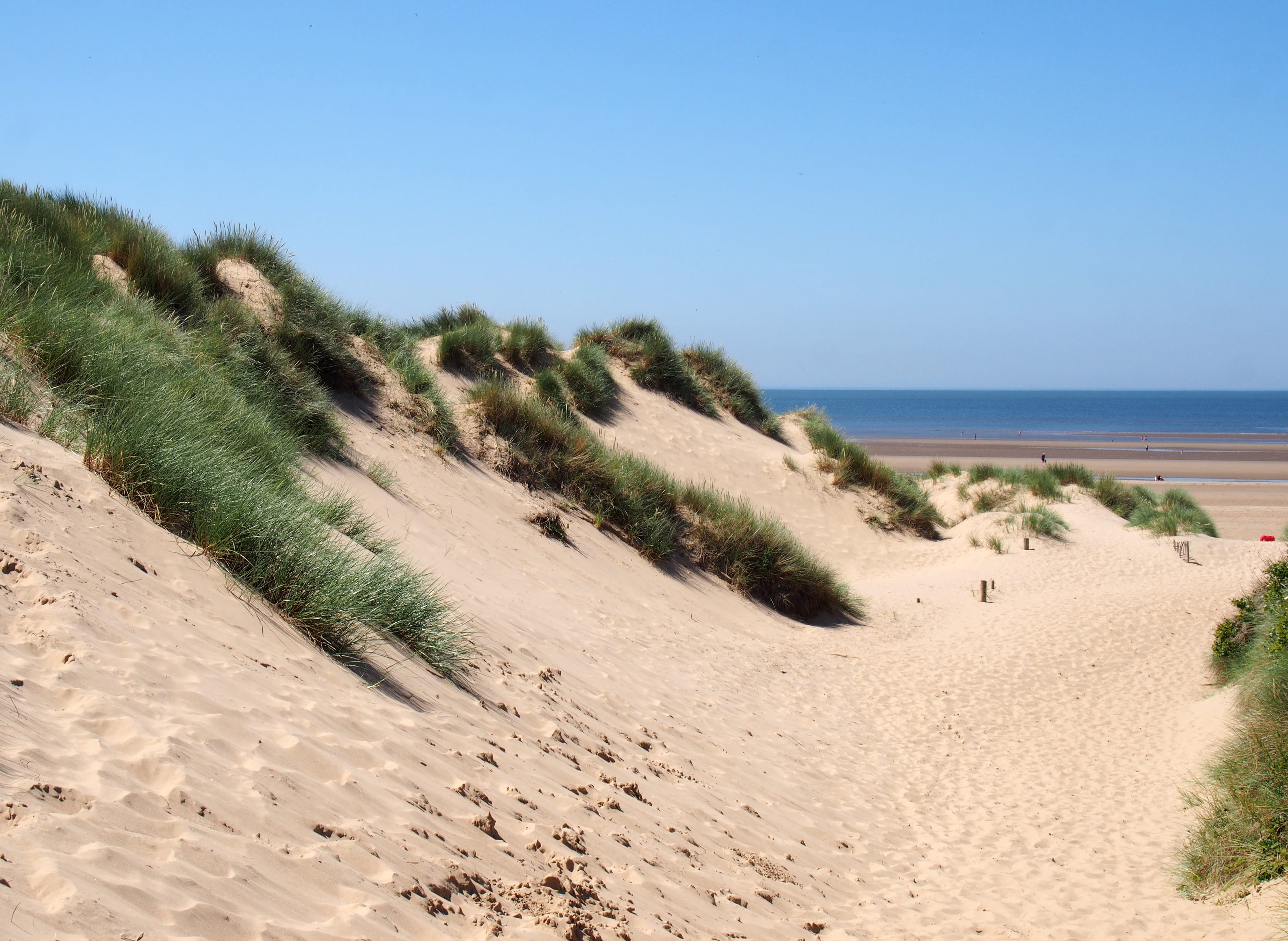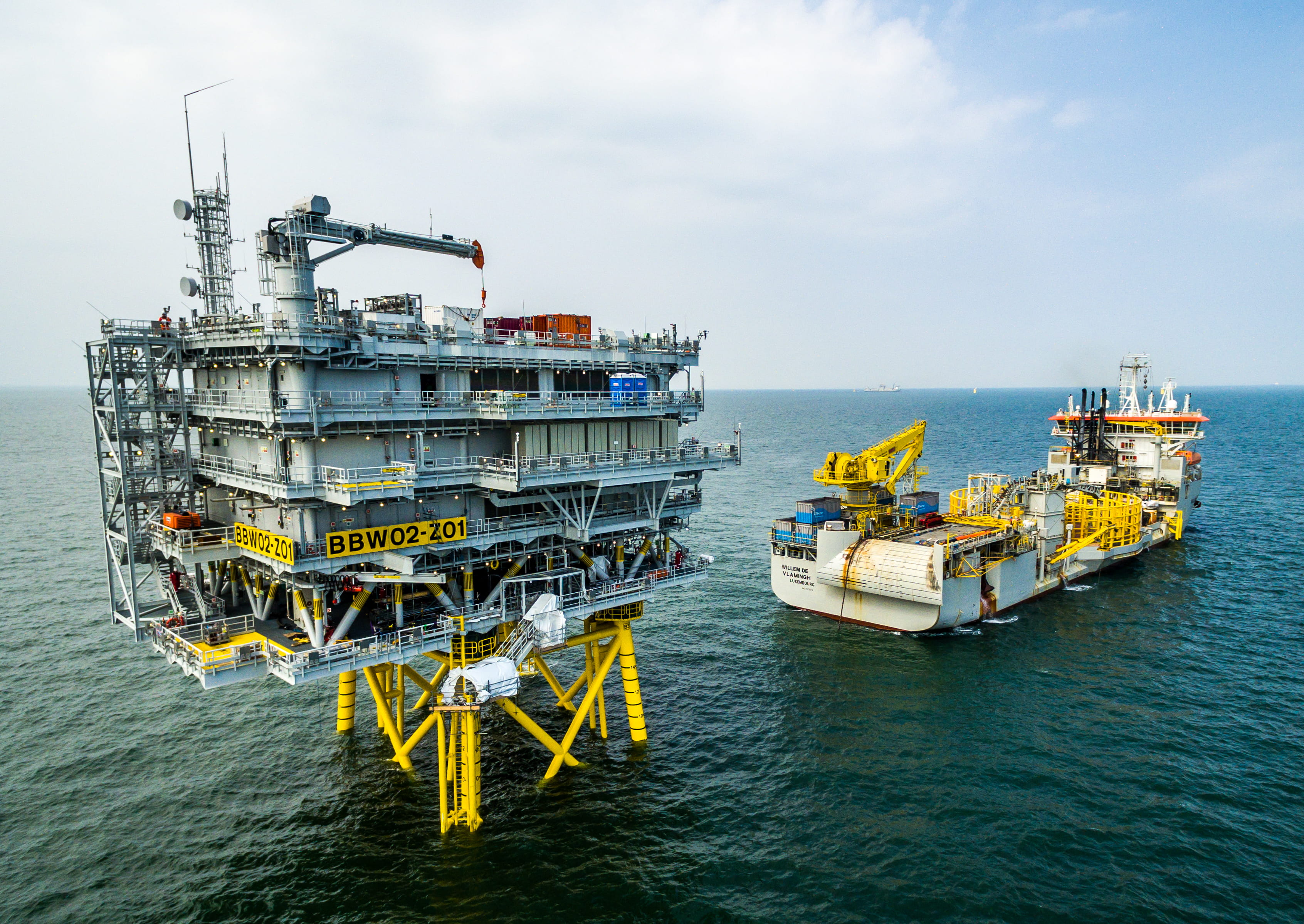An application was submitted in March 2025 to the Isle of Man Government for consent to build and operate an offshore wind farm located within the Isle of Man territorial waters capable of generating in the region of 1.4 GW of renewable energy. The Mooir Vannin Generation project consists of up to 87 wind turbines, three offshore platforms, cables connecting the wind farm to the Isle of Man, and landfall assets on the Isle of Man. Ørsted is working with the Isle of Man Government to explore providing them up to 100 MW to help support the Island’s renewable energy, net-zero and economic growth targets. The remainder would be sent to the UK. That means the Mooir Vannin Offshore Wind Farm could power over 1.4 million UK homes by its estimated operational date of 2032-2033.
We want to hear from you so we can develop our plans responsibly and sustainably






